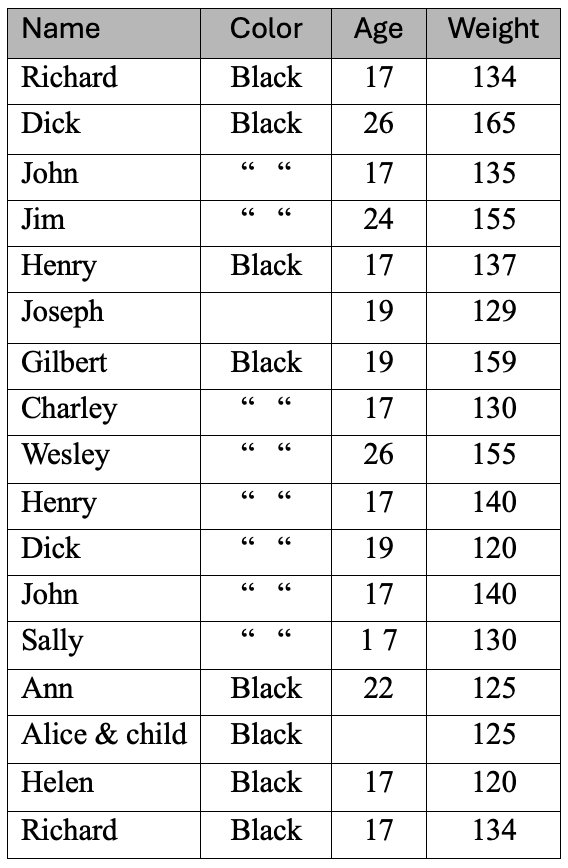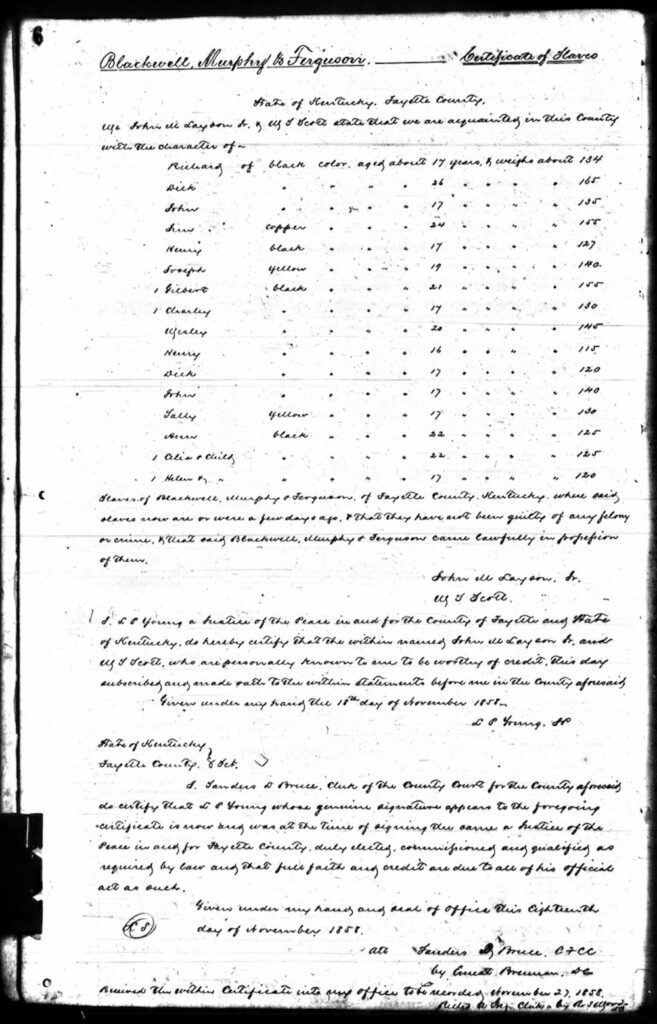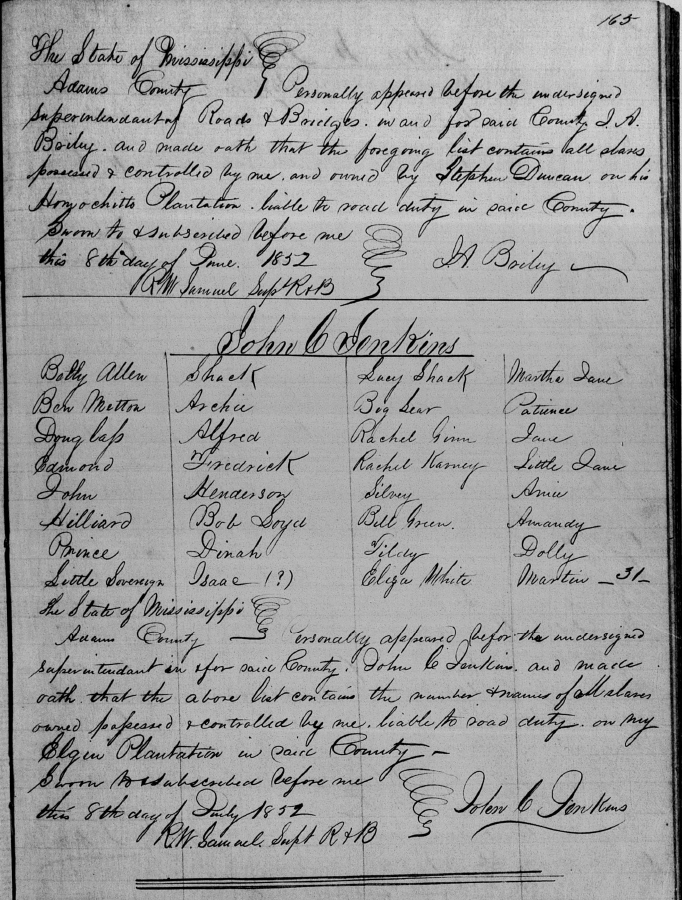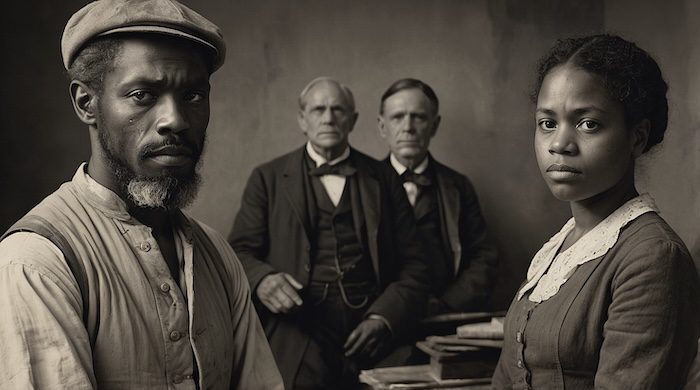
Slave Certificates of Adams County, Mississippi
Adams County, Mississippi, with Natchez at its heart, was a key hub of the domestic slave trade. Slave certificates recorded the lives of enslaved men, women, and children, documenting sales, transfers, manumissions, and forced labor. These legal documents, along with estate and probate files, preserve rare names and details vital for genealogical research. Natchez was one of the largest slave markets in the U.S. Enslaved people came from Kentucky, Virginia, Missouri, Tennessee, and beyond. Freed African Americans also required certificates of freedom.
What Slave Certificates Contain
- ➡️ Names (when listed)
- ➡️ Ages and estimated birth years.
- ➡️ Physical descriptions (height, complexion, scars).
- ➡️ Skills and occupations.
- ➡️ Parentage or family groupings.
- ➡️ Parentage or family groupings.
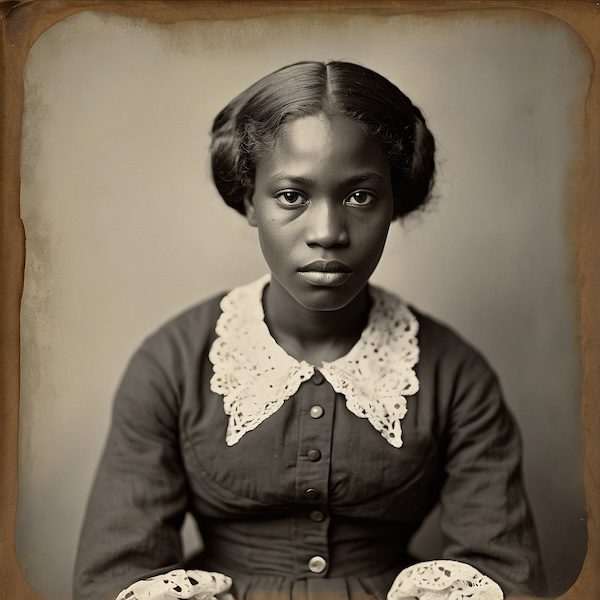


Example:
State of Kentucky, Fayette County.
We, John W. Dayson Sr. & W. J. Scott, state that we are acquainted in this county with the character of:
We certify that said slaves of Blackwell, Murphy & Ferguson, of Fayette County, Kentucky, were in said county as of a few days ago, & that they have not been guilty of any felony or crime, & that said Blackwell, Murphy & Ferguson came lawfully in possession of them.
Signed:
John W. Dayson Sr.
W. J. Scott
I, L. O. Young, a Justice of the Peace in and for the County of Fayette and State of Kentucky, do hereby certify that the within named John W. Dayson Sr. and W. J. Scott, who are personally known to me to be worthy of credit, this day subscribed and made oath to the within statements before me in the county aforesaid.
Given under my hand this 18th day of November 1858.
Signed:
L. O. Young, J.P.
State of Kentucky, Fayette County, Sct.
I, Sanders D. Bruce, Clerk of the County Court for the County aforesaid, do certify that L. O. Young whose genuine signature appears to the foregoing certificate is now and was at the time of signing the same a Justice of the Peace in and for Fayette County, duly elected, commissioned, and qualified as required by law and that full faith and credit are due to all of his official acts as such.
Given under my hand and seal of office this 18th day of November 1858.
Signed:
Sanders D. Bruce, C.C.C.
By Caleb Donaldson, D.C.C.”
This part of the document is basically legal authentication of the slave certificate:
- ➡️ First signed by witnesses attesting to the ownership and “lawful possession.”
- ➡️ Then certified by a Justice of the Peace (L. O. Young).
- ➡️ Finally, validated by the Clerk of Court (Sanders D. Bruce).
Categories of Slave Records
Ownership & Transfer Records
- Buyers/sellers listed.
- Prices, appraisals, collateral use.
Manumission & Emancipation Records
- Legal freedom documents.
- Conditional agreements.
- Certificates of freedom for residency.
Estate Inventories & Probate Records
- Lists in wills.
- Family separations.
-Children listed with mothers.
Adams County, Mississippi: A Hub of Enslaved Labor in
Infrastructure Development, Roads, and Bridges
Forced Labor for Roads and Bridges
Adams County, Mississippi, relied not only on enslaved labor for cotton plantations but also for the construction and maintenance of public infrastructure. County records confirm that enslaved men, women, and children were conscripted for road and bridge projects under official supervision.
While many workers came from plantations within Adams County, others were:
- ➡️ Brought in from neighboring counties,
- ➡️ Purchased in Natchez or New Orleans slave markets,
- ➡️ Or transferred between plantations as part of broader labor distribution systems.
This conscription reveals how county governments institutionalized slavery for both private agricultural profit and public infrastructure development.
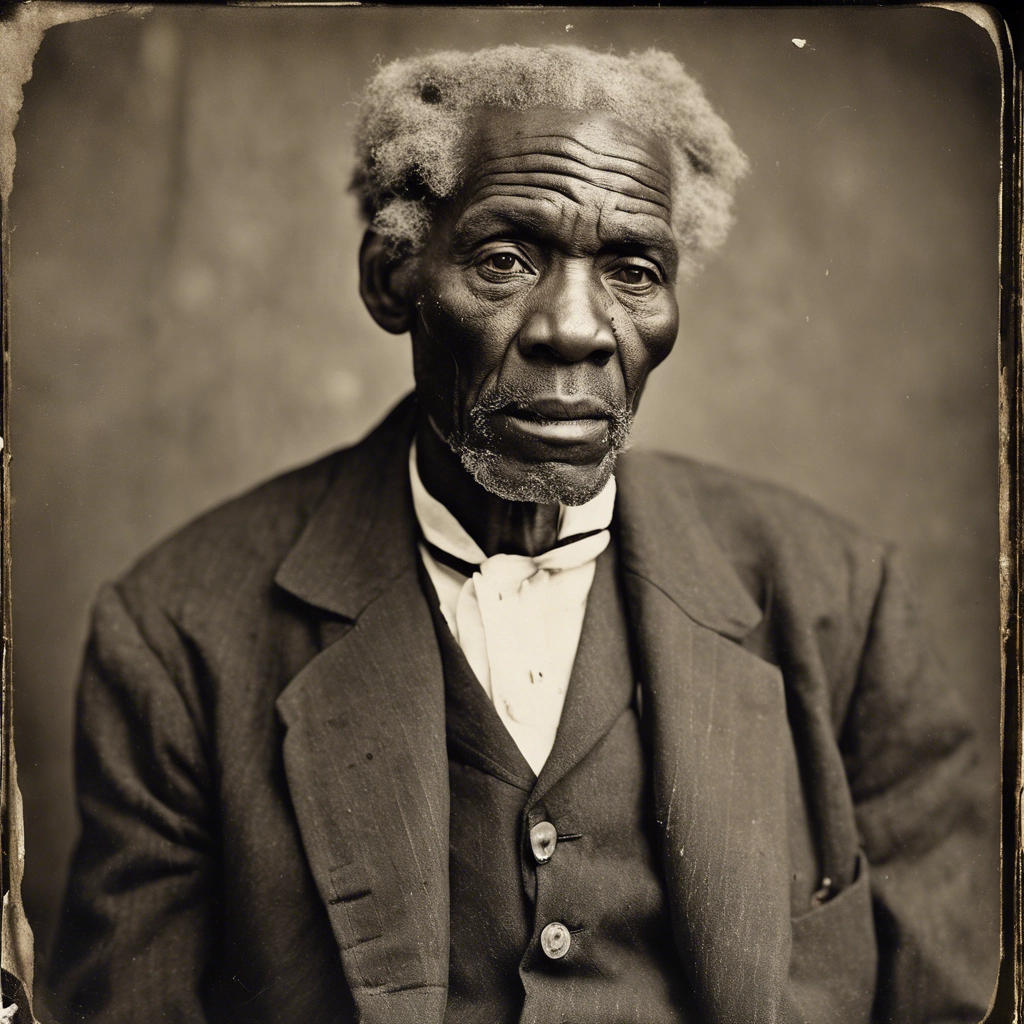
Conditions of Enslaved Workers
Enslaved laborers endured harsh and dangerous conditions:
- ➡️ Long days in extreme heat or cold, with little food, water, or rest.
- ➡️ Injuries were frequent; medical care was minimal.
- ➡️ Overseers and county-appointed supervisors enforced productivity with coercion and punishments
Infrastructure built by enslaved people ensured that planters and traders enjoyed better roads and bridges for commerce — while those who built them remained enslaved.
Prominent Slaveholders and Community Projects
Historical records reveal that plantations owned by wealthy enslavers, such as:
- ➡️ Dr. John C. Jenkins
- ➡️ Justaves Calhoun
- ➡️ Stephen Duncan
relied heavily on enslaved workers not only for producing cotton and other cash crops but also for public infrastructure projects.
Roads, bridges, and vital structures were built using unpaid, coerced labor, ensuring that planters and traders profited twice:
- ➡️ From agricultural production,
- ➡️ From the economic efficiency of improved transportation routes.

